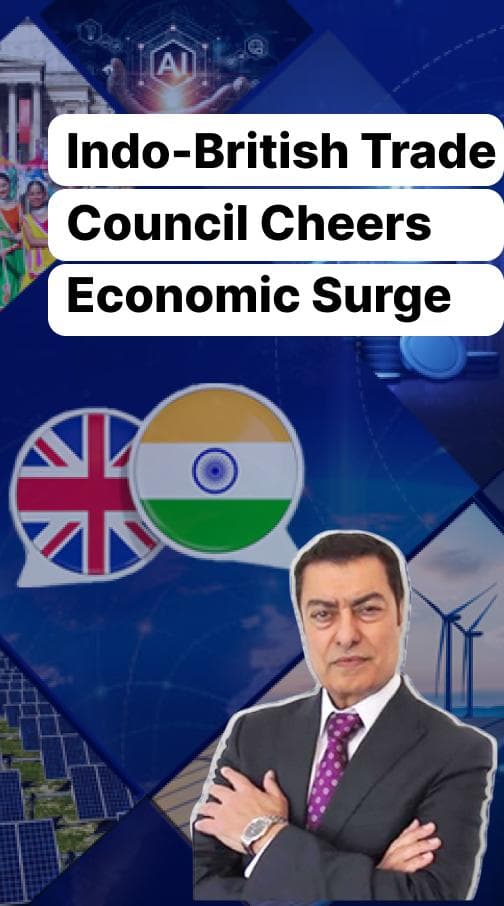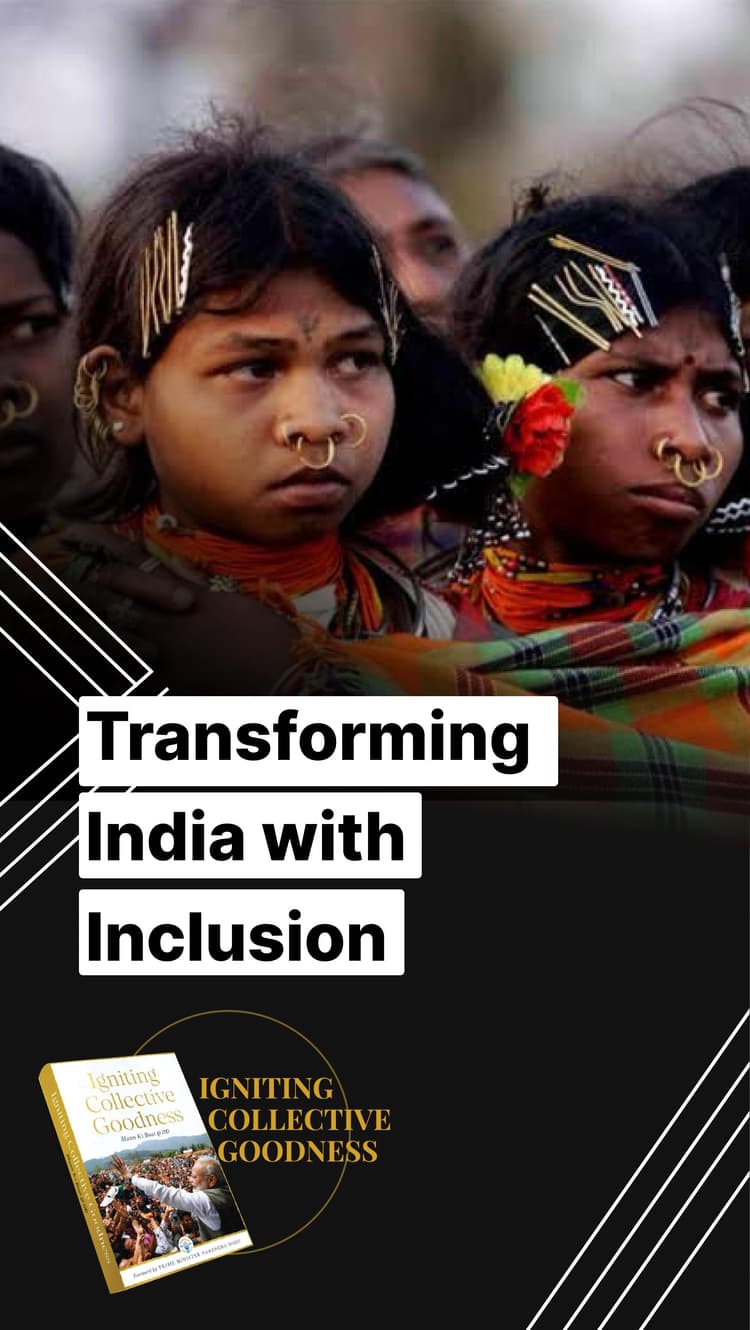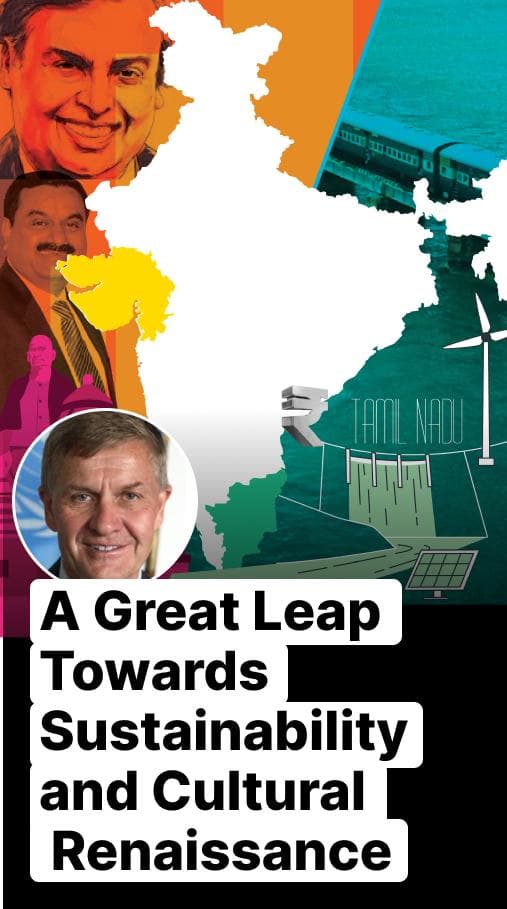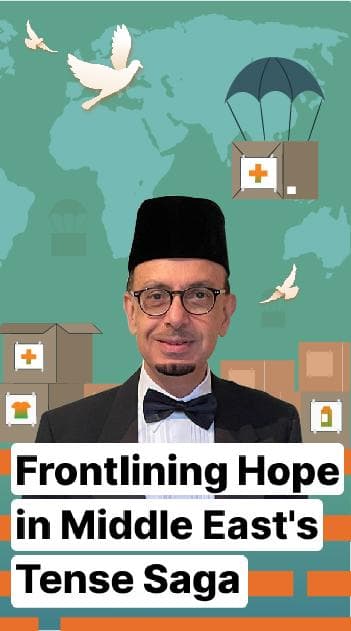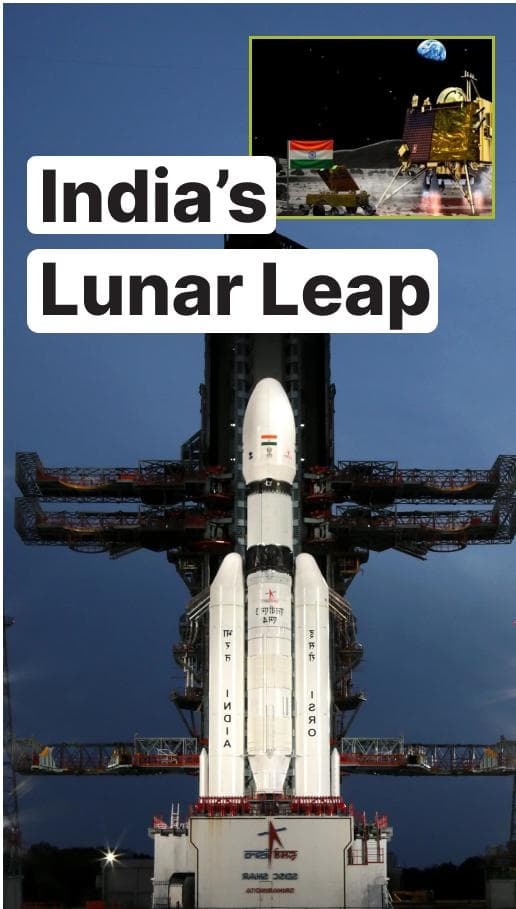India's Role In Sri Lanka's Economic Renewal
Navigating Sri Lanka's economic challenges and India's crucial role in tackling them

Sri Lanka has been facing significant economic challenges in recent years, with a mounting external debt and limited foreign exchange reserves. By 2022, Sri Lanka's external debt had reached USD 51 billion, and between 2022 and 2027, it faced an overwhelming debt obligation of USD 28 billion. With a significant economic slowdown, limited foreign exchange reserves, and minimal tourist income, meeting these obligations became daunting. Despite the average functioning of exports, the revenue was insufficient, exacerbated by Sri Lanka's ongoing trade deficit. Negotiating with the International Monetary Fund became necessary, and the IMF required financial assurance from bilateral creditors. Here, India came into the picture, and along with other Paris Club creditors provided the requisite assurance, enabling Sri Lanka to secure an IMF programme. Following the IMF bailout of USD 2.9 billion, Sri Lanka still faced challenges as the funds were not disbursed in a lump sum and were insufficient for 2022-2023.
Despite ceasing debt payments, Sri Lanka's export revenue barely covered minimum import needs. India stepped in with a critical credit line of USD 4.4 billion, which turned crucial for Sri Lanka to sustain minimum imports, particularly for essentials like food, medicine, fuel, and raw materials. Sri Lanka's imports from the rest of the world plummeted due to import controls and financial constraints, while imports from India surged, likely due to the credit lines. This support reshaped Sri Lanka's import priorities, highlighting the significance of India's assistance.
“When the economic crisis in the form of foreign exchange shortage grew, it became imperative for Sri Lanka to maintain minimum consumption levels and economic activity amidst its financial challenges, which eventually sparked political turmoil. While food scarcity was not a concern in 2022, worries over food security grew due to government policies banning fertilisers. The country also grappled with a severe shortage of fuel, particularly liquid petroleum and cooking gas. India's credit line in 2022 played a pivotal role in helping Sri Lanka navigate through this tumultuous period.
Since then, Sri Lanka has prioritised restoring stability and modernising the economy. One of its key objectives in this effort has been to achieve sustainability and a net-zero emissions target. However, the country currently lacks the capacity and resources necessary for such investments. Foreign direct investment (FDI) from countries like India is crucial to address this gap, with the mining of critical minerals emerging as a promising sector for such investment. Sri Lanka possesses critical raw materials essential for electric vehicle (EV) production, although EV adoption is still in its infancy here. In contrast, India is swiftly advancing in EV manufacturing and adoption through government initiatives. Creating a win-win situation, Indian businesses are now investing in Sri Lanka for mineral processing, securing access to critical minerals while Sri Lanka benefits from FDI and job creation. This collaboration also diversifies the global mineral market, wherein the demand is coming mainly from the United States and the European Union and China leads as suppliers.
As critical as it may be, attracting FDI to Sri Lanka poses challenges, particularly as the country transitions from seeking profit-driven investments, such as cheap labour, to efficiency-seeking investments. Despite hopes for increased investment post-war, significant inflows did not materialise. However, India's growing economy presents opportunities for Sri Lanka, especially in sectors like renewable energy, mineral processing, petroleum, and the hotel industry. These investments have the potential to create quality jobs and spur economic growth in Sri Lanka.
Geopolitical considerations also play a big role, as competition between countries could cloud investment prospects. Sri Lanka must ensure transparent procedures, adherence to standards, and good governance practices to attract and retain investors. Overall, aligning with India's investment interests could benefit Sri Lanka, but it must navigate these opportunities with care and transparency.
Having a green energy mix is crucial for countries aiming to compete in the export market, especially with the European Union pushing for a carbon border adjustment mechanism. While Sri Lanka is currently unaffected by this mechanism due to its limited exports of environmentally intensive products like aluminium, there is a potential challenge if the mechanism is expanded to include energy sources. Sri Lanka, however, has not relied heavily on environmentally harmful materials for energy production, with hydroelectric power contributing up to 60% of its energy during good rain seasons. However, the expansion of hydroelectric power share is unlikely, underscoring the importance for Sri Lanka to invest in renewable energy sources like solar and wind power.
As Sri Lanka aims for higher economic growth, such as 8% to 10%, the electricity demand will inevitably increase, surpassing the capacity of existing hydroelectric plants. The country faces a choice between expanding existing renewable energy plants or turning to cheaper, but more environmentally harmful, coal power plants to meet increasing electricity demands. Given the significant financial requirement for achieving a net-zero target, which the Sri Lankan President estimates at around $100 billion, it is clear that the country cannot solely fund this transition. Foreign investments in renewable energy are crucial to bridge this gap and propel Sri Lanka towards sustainability.
A recent agreement with India to build renewable energy systems on three islands off the Jaffna coast is a significant step. Despite geopolitical complexities, this project will not only improve renewable infrastructure but also enhance energy supply management and contribute to Sri Lanka's economy.
In addition to investments, trade and tourism forms a major link between India and Sri Lanka. Sri Lanka recently partnered with India to introduce the latter’s revolutionary UPI system. On my last visit to India, I saw even parking ticket payments being made through UPI. Such fintech innovations that make payments seamless are crucial for a country's growth. Sri Lanka has also partnered with India to introduce RuPay cards along with the UPI. Initially, 10,000 outlets will adopt this payment interface, with plans for expansion over the period. This move will simplify payments for Indian tourists, eliminating the need to convert Indian rupees to Sri Lankan rupees and reducing transaction costs. Eliminating the currency conversion hassles is expected to boost tourism and trade between the two countries.
Both nations are also exploring INR settlement for trade, which will further reduce transaction costs. For Sri Lanka, this could be beneficial in managing dollar reserves, while for India, it could help minimise dollar outflows and stabilise the INR. Economically, any reduction in transaction costs enhances the financial relationship between countries.
India and Sri Lanka share deep-rooted ties that span centuries. After gaining independence, both countries had a ferry service connecting them, and there was even a famous railway from Talaimannar in Sri Lanka to India. The northernmost part of Sri Lanka and the southern part of India share similar ethnic and cultural ties, leading to active business transactions and people movement between the regions. The ferry service was discontinued during the ethnic conflict but in a noteworthy development, it was resumed in October 2023, marking a positive step in enhancing connectivity. While flights between Palali airport in Sri Lanka and India offer convenient travel options, the affordability of the ferry service is expected to further strengthen the bond between the two nations. From an economic perspective, such connectivity initiatives are key to boosting tourism, fostering business ties, and enhancing people-to-people interactions.

Dr Asanka Wijesinghe 🇱🇰
Deep Dive
Stepping Up: Sri Lanka expects FDI to jump to $1.3 billion with India taking the lead
Green Priority: Agreements on connectivity, renewable energy and technology were signed during Sri Lankan President Ranil Wickremesinghe's visit to India in 2023
Ferry Connect: All about Cheriyapani, a passenger ferry service between Sri Lanka and India
